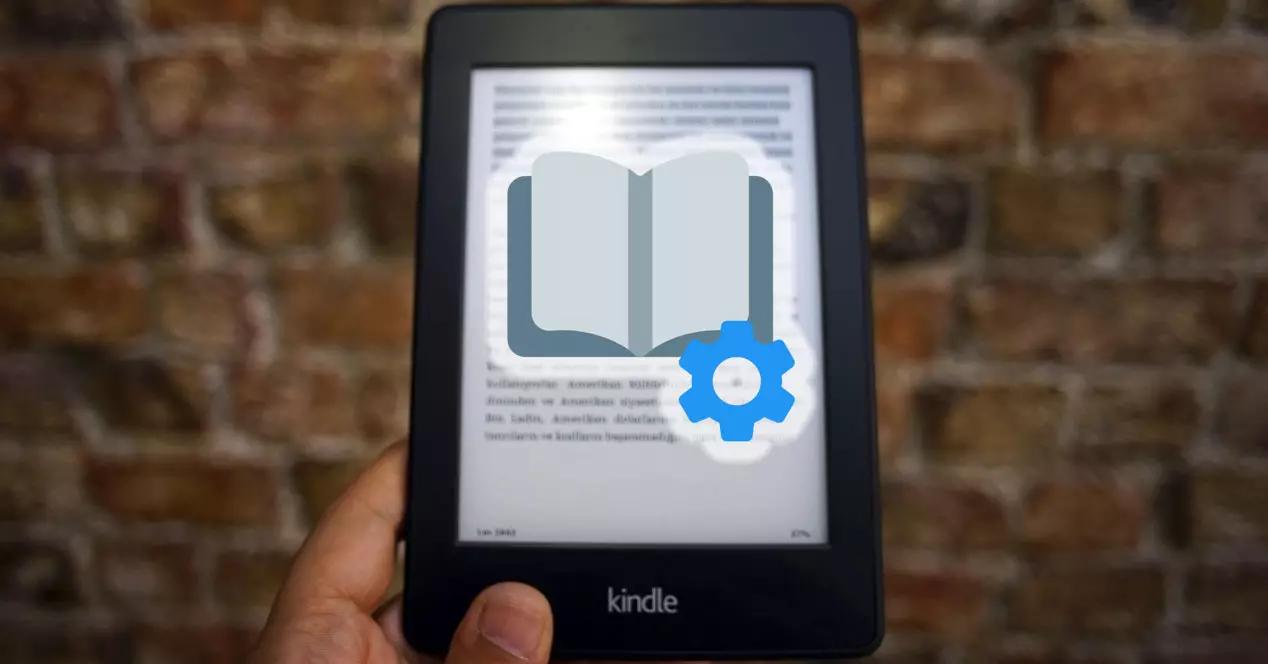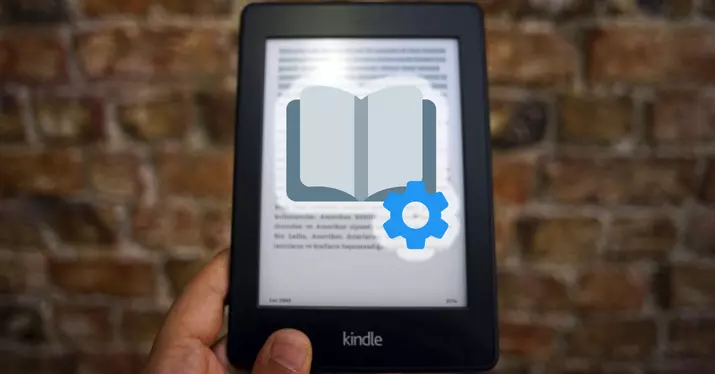



It is likely that if you have a Kindle you have wondered what kind of documents is it capable of reproducing. Maybe you have a Word document, or any other extension, and you want to read it on your Amazon device, but you don’t know if it is possible. Or you have not been able to see a specific book directly. The Amazon platform has its own format for eBooks and is compatible with different ones.
The first generations of Amazon e-Readers were compatible only with the native AZW format and with the extensions MOBI and PDF. Probably with the intention of implementing it as a standard, the one expressly designed by the brand (AZW).
The problem that was generated is that the owners of an e-book of the Amazon brand needed other devices to read documents in other popular formats such as EPUB or image extensions such as JPEG or PNG, for example. Having to go to conversion programs was a solution, but it is still a waste of time. This is why the last generations already support a series of popular documents that allow a larger range of possibilities.
This is the original format developed by Amazon for the distribution of your e-books. It is a protected format to prevent the distribution of files in an unauthorized way. Documents edited in the AZW extension are protected with DRM, which is a control system that makes it impossible to copy the file and distribute it freely. In the same way, it is a format compatible with the most used platforms such as Windows, macOS, Android and iOS, as well as the readers designed by Amazon.
They are files that allow working with documents because we can add annotations, include markers of page, underline and other actions typical of electronic books because they contain, in addition to text, other objects like graphics, boards and images.
The AZW format has two variants: KF7 and KF8. The first is the startup version, which is basically a MOBI file, purchased from the Mobipocket company. DRM protection is unique to Amazon, so they remain protected files that cannot be played on any MOBI-compatible device. The enhanced version of the format is KF8, which includes a Palm database structure and support for HTML5-based text and CSS3 style sheets. It is a format with more possibilities but that maintains a copy of the content in MOBI format so that it can be read by older devices. This increases the weight of the files as well.
The different generations have evolved and they are increasingly compatible with a greater number of formats. Since these are files that may not require as frequent an update as can happen with smartphones, you may have a relatively old model that is not as compatible as you would like. For these cases we propose a solution for the manual conversion of files, for this, the supported formats natively with Amazon e-book models are:
Audible is the Amazon platform where you can access thousands of audiobooks and podcasts of own production. If you are an Amazon Prime customer, you can try Audible for three months for free, then you would have to pay the monthly fee of 9.99 euros.
The models Audible compatible are:
The EPUB format is the file par excellence when it comes to downloading e-books or share them with other users. It is the most widely used standard and Amazon Kindle is not compatible with this type of document. The acronym comes from Electronic Publication (electronic publication) and is a very versatile file type that allows a dynamic page adjustment so that it can be used with all types of devices. In addition, it allows adding a DRM security layer to prevent illegal copying of books.
Amazon devices do not support the EPUB format. It is probably a way to safeguard the original content of the electronic books distributed by the platform and avoid eBook piracy. That is why the only solution to reproduce e-book content in this format on Amazon devices is by converting the file to another compatible format from those discussed above. For this we can use a free converter as is Caliber and then upload the files to the library directly through the Kindle App or as email attachments.
Although the personal documents tool allows you to upload different types of files to reproduce them in Kindle format, if what you need is to reproduce documents in EPUB format we will have to convert it with Caliber.
You may have already noticed that one of the most popular files for e-book publishing, which is the EPUB format, it does not appear as compatible in any of the models. In order to use files of this type, or other different ones, that are not compatible with the Amazon e-Reader, we can do a format conversion with Caliber.
Caliber is an electronic book manager that allows you to make conversions between different eBook files. The supported formats With this program, both to choose the source file and to export are these: AZW, AZW3, AZW4, CBZ, CBR, CB7, CBC, CHM, DJVU, DOCX, EPUB, FB2, FBZ, HTML, HTMLZ, LIT, LRF, MOBI, ODT, PDF, PRC, PDB, PML, RB, RTF, SNB, TCR, TXT AND TXTZ. You just have to load a file with one of the aforementioned extensions into the application and choose the output format you need, it must also be one of the ones on the list.
Caliber is a free application compatible with Windows (in 32 Bit and 64 Bit versions and portable version), macOS and Linux.
In your device to read electronic books you are storing the books that you acquire through the platform, depending on the storage capacity of your device you will be able to include many titles without having to delete any in My library.
In addition to the titles that you download from the Amazon website, either with titles included in the Unlimited service or with the e-book versions that you buy on Amazon, you can also send other personal documents to your device so that it is easier to read them without having to print them or have to use other devices such as the computer itself, the tablet or the smartphone. After all, spending long periods of time in front of screens of this type increases eyestrain and is not recommended for reading books.
This tool allows us upload our personal documents edited in other extensions than the application account to be able to read them in Kindle format. The personal account allows us different ways to synchronize personal content on our profile. Generate an email, which will be the address to send the documents that will be synchronized with your Library, or you can also use the official Google Chrome extension designed by Amazon, the Windows application, for macOS or to Android devices.
To see what is your automatically generated email you have to press the button Menu from the device and go to Setting. There we will select Device options and then we will go to Personalize. In this section we will see the field of personalized e-mail. Personal documents sent to that address will be synced directly if you have personal document archiving enabled.
This service supports the following file types: MOBI, AZW, Word (DOC and DOCX), HTML, RTF, TXT, JPG, GIF, PNG, BMP and PDF. You will be able to send documents from 15 different email addresses (they must be registered as authorized addresses in the Manage content and devices section) and up to 25 files attachments and that they occupy a maximum of 50 MB total.
The post Do you use Kindle? These are all the formats you can read appeared first on ADSLZone.
Exploring the Top 5 Voice AI Alternatives: What Sets Them Apart?
How iGaming Platforms Ensure Seamless Integration of Casino Games and Sports Betting?
The Rise of Spatial Computing: Evolution of Human-Computer Interaction
Data Loss on Windows? Here's How Windows Recovery Software Can Help
Integrating Widgets Seamlessly: Tips for Smooth Implementation and Functionality